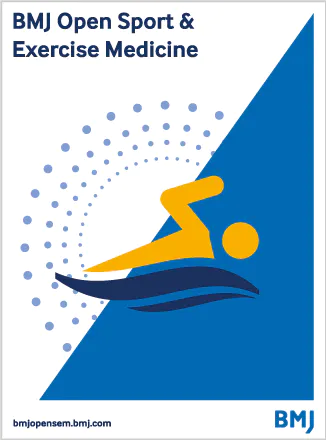
Efficacy of Therapeutic Exercise vs Myofascial Trigger Point Therapy for Shoulder Tendinopathies

Efficacy of Therapeutic Exercise vs Myofascial Trigger Point Therapy for Shoulder Tendinopathies
Comparative evaluation of the efficacy of therapeutic exercise versus myofascial trigger point therapy in the treatment of shoulder tendinopathies: a randomised controlled trial.
BMJ Open Sport Exerc Med . 2024 Oct 16;10(4):e002043.Synopsis
Seventy-two patients with shoulder tendinopathies were randomized to receive therapeutic exercise (n=36) or myofascial trigger point therapy (n=36). The primary outcome was pain intensity assessed by the Numerical Rating Scale. Secondary outcomes included pressure pain threshold and range of motion in multiple directions. Outcomes were measured at baseline and after 10 treatment sessions over five...
To view the full content, login to your account,
or start your 30-day FREE Trial today.
FREE TRIAL
LOGIN
Forgot Password?
Explore some of our unlocked ACE Reports below!

Learn about our AI Driven
High Impact Search Feature
Our AI driven High Impact metric calculates the impact an article will have by considering both the publishing journal and the content of the article itself. Built using the latest advances in natural language processing, OE High Impact predicts an article’s future number of citations better than impact factor alone.
Continue



 LOGIN
LOGIN

Join the Conversation
Please Login or Join to leave comments.